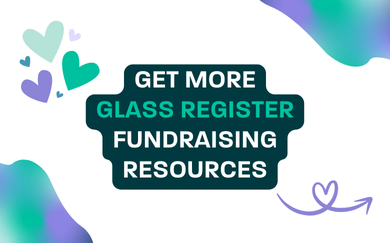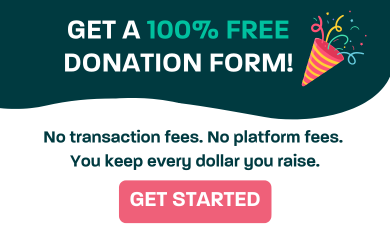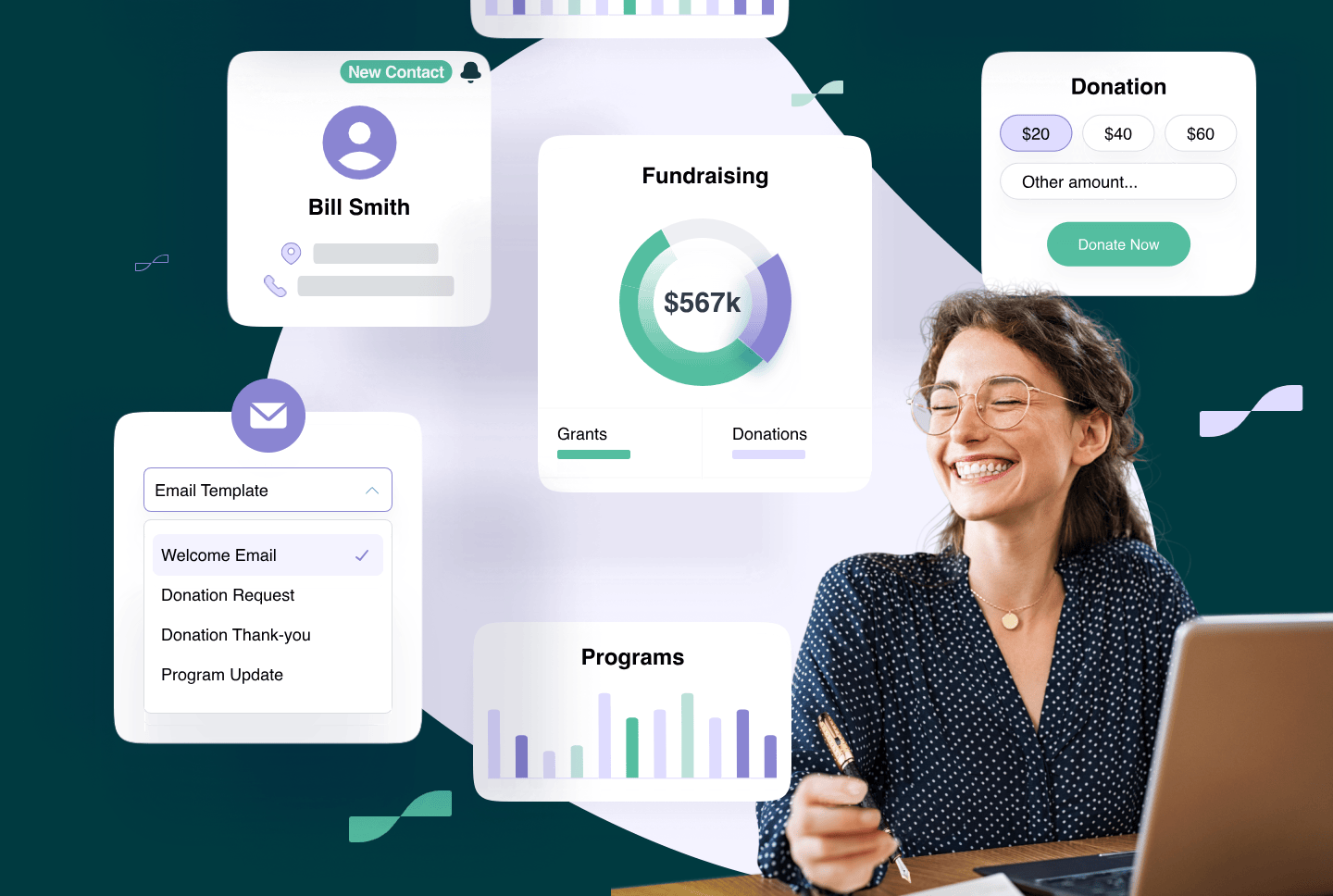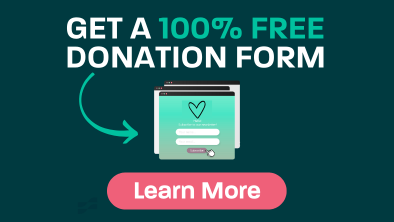Want an expert to craft your next donation request letter? Frontier nonprofit marketing agency has raised tens of millions for nonprofits over the last 12 years.
Best Practices for Writing and Sending a Donation Request Letter
In the world of fundraising, the donation request letter is a powerful tool. A well-crafted letter can inspire generosity and support for your cause, while a poorly written one can go unnoticed. In this blog post, we will explore best practices for writing and sending a donation request letter, ensuring your message resonates and encourages action.
Understanding Your Audience
Before you start writing, it’s crucial to understand your audience. Knowing who your donors are will help you tailor your message effectively.
- Segmentation: Divide your audience into segments based on factors such as past giving behavior, demographics, and interests. This is easy to do with a really good nonprofit CRM. Personalizing your letters to these segments increases the likelihood of a positive response.
- Research: Learn about your potential donors. Understanding their motivations for giving, their capacity to donate, and their preferred causes will allow you to craft a compelling narrative.
Crafting the Perfect Donation Request Letter
1. Start with a Strong Opening
The opening of your letter should grab the reader’s attention and set the tone for the rest of the message.
- Personalization: Address the recipient by their name. Personalized greetings make the letter feel more relevant and important.
- Engaging Hook: Begin with an impactful statement, a heartfelt anecdote, or a shocking statistic that highlights the importance of your cause. This sets the stage for why your reader should care.
2. Tell a Compelling Story
People are more likely to donate when they feel an emotional connection to your cause. Use storytelling to illustrate the impact of their potential donation.
- Human Interest: Share a story about a person or community that has benefited from your organization’s work. Real-life examples create an emotional connection and show the tangible results of donations.
- Visual Descriptions: Use vivid descriptions to paint a picture in the reader’s mind. This helps them visualize the problem and the difference their contribution can make.
3. Clearly State the Need
Be explicit about what you are asking for and why it is needed.
- Specific Request: Specify the exact amount of money you are seeking or suggest donation levels. Providing options makes it easier for donors to decide how much to give.
- Urgency: Explain why the donation is needed now. Creating a sense of urgency can prompt immediate action. Highlight any deadlines or critical periods.
4. Highlight the Impact
Show donors the difference their contribution will make.
- Outcomes and Benefits: Describe how donations will be used and the expected outcomes. Use concrete examples, such as how many meals can be provided, how many people can be helped, or what specific projects will be funded.
- Success Stories: Share success stories and testimonials from those who have benefited from your organization. This demonstrates credibility and effectiveness.
5. Make it Easy to Give
Ensure the donation process is straightforward.
- Donation Methods: Provide clear instructions on how to donate, including online options, mailing addresses, and phone numbers. Include a pre-addressed return envelope if mailing a physical letter.
- Call to Action: Include a clear and direct call to action. Phrases like “Donate now,” “Join us in making a difference,” or “Your support is needed today” can be effective.
6. Express Gratitude
Thank the reader for their time and potential support.
- Appreciation: Even if the recipient does not donate, thanking them for considering your request is essential. Expressing gratitude fosters goodwill and positive feelings toward your organization.
- Recognition: Mention any recognition or benefits donors will receive, such as their name on a donor list, special updates, or invitations to events.
Formatting and Presentation
The presentation of your letter is just as important as the content.
1. Professional Appearance
A clean, professional-looking letter conveys respect and seriousness.
- Letterhead: Use your organization’s letterhead if you have one. This adds credibility and a professional touch.
- Font and Spacing: Choose a readable font and use proper spacing to make the letter easy to read. Avoid overly small or fancy fonts that may be hard to decipher.
2. Length
Be concise and to the point.
- Brevity: Aim for one page if possible. People are more likely to read a shorter letter. If you need to provide more information, consider including a separate attachment or directing them to your website.
3. Personal Touch
Adding a personal touch can make your letter stand out.Adding a personal touch can make your letter stand out.
- Handwritten Notes: If feasible, add a handwritten note or signature. This small effort can make a big difference in how your letter is perceived.
- Individualization: Reference past donations or involvement with your organization if applicable. This shows you value their previous support and see them as an individual rather than just a name on a list.
Timing and Follow-Up
Timing your letter correctly and following up appropriately can enhance its effectiveness.
1. Timing
Consider the best time to send your letter.
- Seasonal Appeals: Certain times of the year, such as the holiday season or the end of the fiscal year, are particularly effective for fundraising. People are often more inclined to give during these periods.
- Event-Driven: Send letters in conjunction with relevant events, such as fundraisers, awareness months, or significant milestones for your organization.
2. Follow-Up
A well-timed follow-up can reinforce your message.
- Reminder Letters: If you don’t receive a response, sending a polite reminder can be effective. Include updates or new information that might persuade them to donate.
- Thank-You Letters: Always send a thank-you letter after receiving a donation. Acknowledging their contribution promptly and sincerely can encourage future donations.
Additional Tips
1. Use Multiple Channels
Don’t rely solely on physical letters. Complement your efforts with digital channels.
- Email Campaigns: Email can be a quick and efficient way to reach your audience. Ensure your email is as thoughtfully crafted as your physical letter.
- Social Media: Use social media to amplify your message. Share stories, updates, and direct links to your donation page.
- Website: Keep your website updated with the latest information about your fundraising efforts and provide easy ways for visitors to donate.
2. Test and Refine
Regularly review and improve your donation request letters.
- A/B Testing: Test different versions of your letter to see which one performs better. Experiment with various elements such as subject lines, openings, and calls to action.
- Feedback: Seek feedback from your donors and team. Understanding what resonates with your audience can help you refine your approach.
3. Legal Considerations
Ensure your donation request letter complies with relevant laws and regulations.
Conclusion
Writing an effective donation request letter involves a combination of empathy, clarity, and strategy. By understanding your audience, crafting a compelling narrative, and following best practices for presentation and follow-up, you can create letters that inspire generosity and support for your cause.
Additional resources:
– Fundraising Letter Examples
– How to Write the Perfect Fundraising Letter
– Hire expert fundraising letter writers to guarantee success: Frontier Marketing
Remember, every donation request letter is an opportunity to connect with potential donors and build lasting relationships that benefit your organization and the communities you serve.





